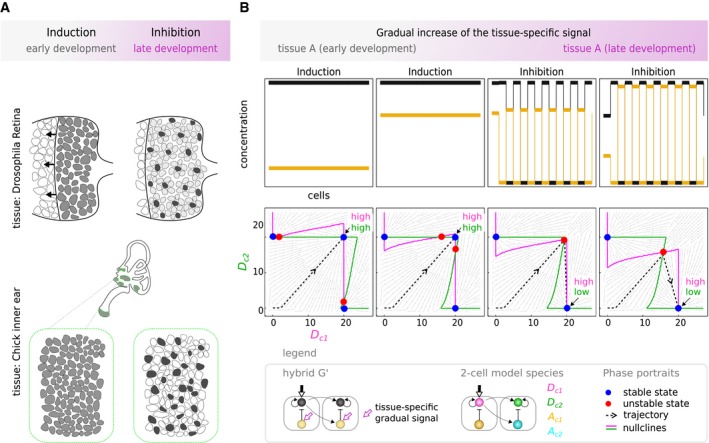Figure 8. Pattern transitions to model real biological systems.

- Real biological systems are found where lateral induction precedes lateral inhibition in the same tissue. In the Drosophila eye, an initial wave of differentiation (morphogenetic furrow) progresses through the tissue to later give rise to a fine‐grained pattern of R8 photoreceptor cells (Sato et al, 2013). In the chick's inner ear, a continuous domain of precursor cells, that is, patch of prosensory cells, gives rise to a mosaic of hair cells and supporting cells (Daudet & Lewis, 2005; Petrovic et al, 2014).
- We chose to model hybrid G' circuit with parameters (w A = −4.93, w B = 3.22, w C = 0.43, w D = 0.14, α A = 15.86, α D = 8.62). The context signal is treated as a time‐dependent cue to model the transient nature of tissue environment. We show the final pattern and phase portraits for different values of C from 0 to 1 (Box 2). The context C behaves as a bifurcation parameter (subcritical pitchfork type): Two unstable states coalesce into a new fixed point that changes its stability: from stable to unstable. This type of bifurcations leads to a discontinuity in pattern transition.
